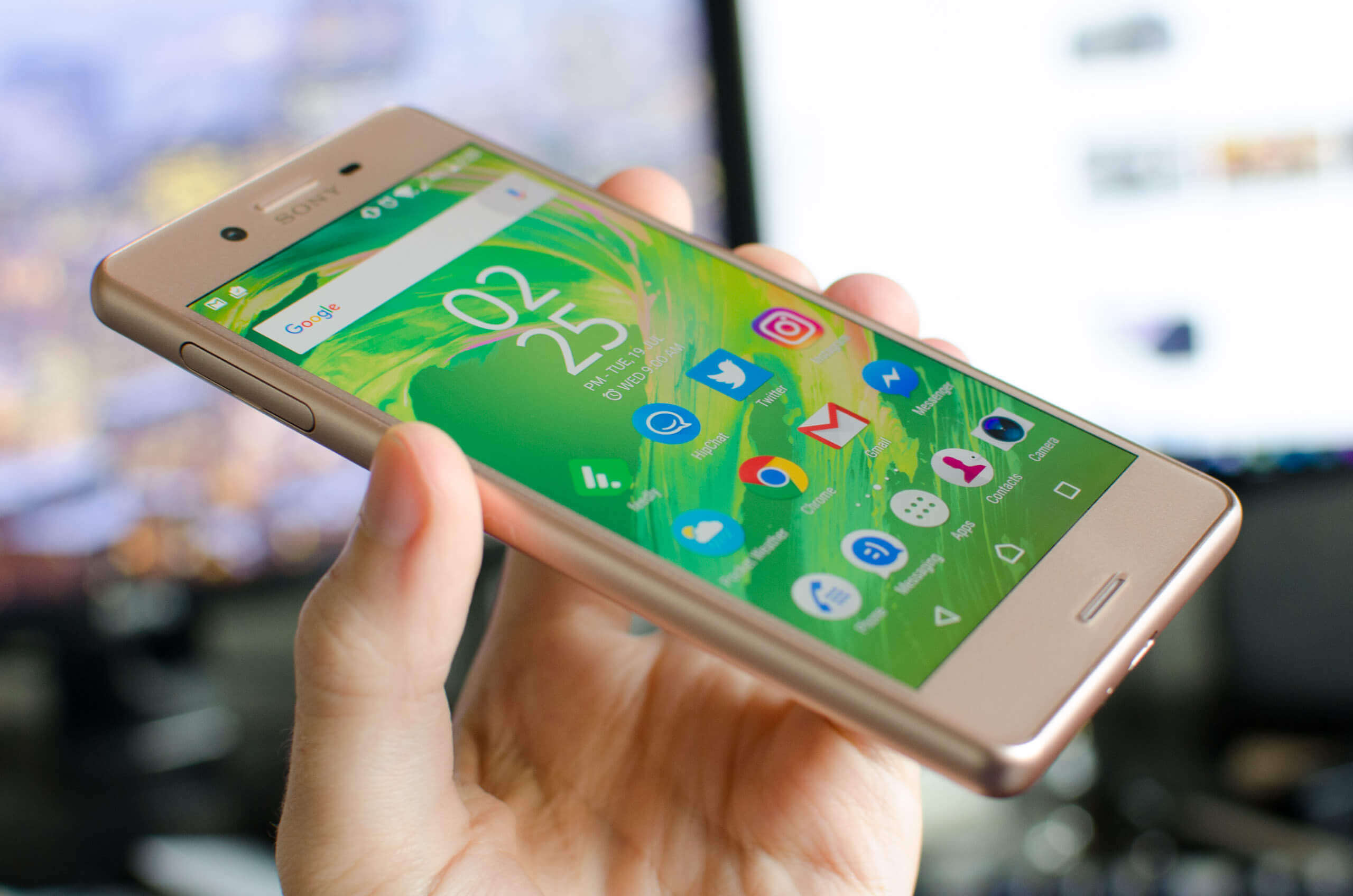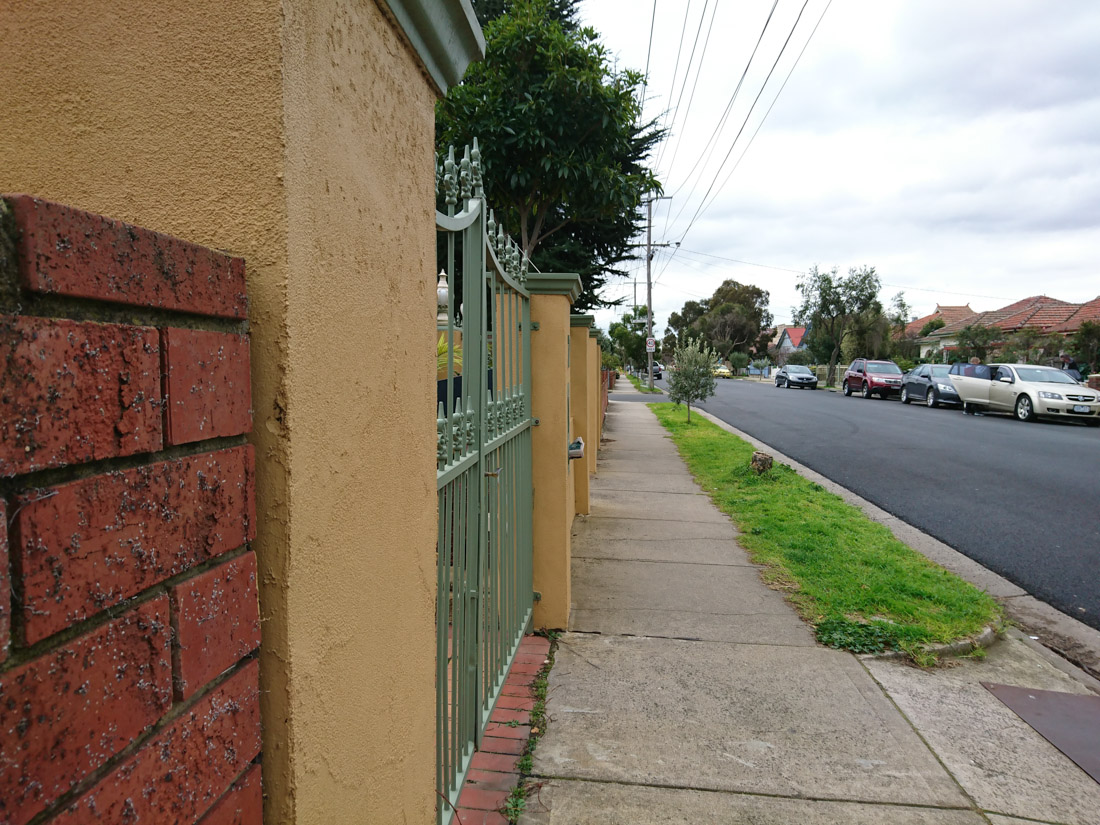Camera
The Xperia X Performance uses the same camera setup as the Xperia Z5: a 23-megapixel (5520 x 4140) Sony Exmor RS IMX300 1/2.3" CMOS sensor with 1.1 μm pixels, paired with a 24mm-equivalent f/2.0 lens. There's no optical image stabilization, nor is there laser autofocus, although you do get a single LED flash.
On the front, Sony has upgraded the selfie camera significantly. We're now getting a 13-megapixel (4160 x 3120) Sony Exmor RS IMX214 1/3" CMOS sensor with 1.12 μm pixels, paired with a 22mm-equivalent f/2.0 lens. This is the same sensor found on the rear of some older flagships, including the OnePlus One and Nexus 6.
I was impressed with the quality of the Xperia X Performance's rear camera. Like with the Xperia Z5, the X Performance delivers very accurate photos with great levels of detail, which keeps it in any discussions concerning the best smartphone camera of the year. For a while now I haven't really seen a phone commanding a flagship price tag that didn't pack a decent camera, which is great to see.
One obvious advantage that the Xperia X Performance has over its competitors is image resolution. High megapixel counts were once all the rage, but in recent times, manufacturers have moved back to lower resolutions with larger pixels. This is why the 23-megapixel camera here stands out among a field of 12- and 16-megapixel competitors.

Wide shot (left) with a 100% crop (right)
Producing 23-megapixel images means there is more flexibility in the X Performance's images for zooming and image manipulation. The actual level of detail available in 100% crops is not great - there is a prominent 'oil painting' effect from noise reduction similar to photos taken with the LG G5 and Samsung Galaxy S7 - which is disappointing considering what can be achieved (the HTC 10 is a great example).
However, when shrinking photos from this camera down to 12-megapixels to match flagships like the HTC 10, the Xperia X Performance has a small advantage in sharpness in clarity. At this size, many of the post-processing artefacts disappear as well, giving this camera a clear advantage over offering from LG and Samsung.
Dynamic range from the IMX300 is good, as I expect from a Sony sensor. The automatic shooting mode does apply HDR automatically, even to 23-megapixel images, but the HDR mode isn't as good as I've seen from Samsung or Huawei in particular. With that said, the X Performance meters images extremely well, so it's unlikely that images will be overexposed or that HDR will be applied incorrectly.
The X Performance produces images that very accurately capture the scene, with vibrant colors in vibrant scenes, and duller colors in duller environments. Sony has clearly made a choice to produce photos like this, which falls in line with some other manufacturers (HTC comes to mind). This will please photography enthusiasts, who want accurate imagery above all else.
Accuracy doesn't necessarily mean a lack of saturation. Images taken in strong lighting look just as good as other smartphones, and indoors the Xperia X Performance can produce great photos at times. Every time I went back and looked at a photo taken with the Xperia X, I was impressed at how accuracy was preserved without underexposing or undersaturating the shot, which can be an issue with phone cameras in weaker lighting.
My main concern here is that photos taken with the LG G5, Samsung Galaxy S7, and even the Huawei P9 at times simply look better. A combination of better post processing (G5, Galaxy S7) or better effects (P9) delivers images straight off the camera that require less editing and are more 'sharable'. They may not be as accurate, but by slightly increasing contrast or saturation, the photos taken with these cameras pop more and look better at first glance. And for some people, this is what they may prefer in a smartphone camera.
The X Performance also suffers from weak low light performance when you're shooting 23-megapixel images. The LG G5 with its 16-megapixel rear camera is a clear winner here, as it uses its hardware stabilization well to create brighter images. The only way the X Performance can produce bright images in low light is by switching to 8-megapixel captures, which naturally comes at a cost of resolution and sharpness. Also, actually switching the resolution of photos in low light is clunky and hampers the basic point and shoot advantages of a phone camera.
Outside of image quality, the X Performance's capture speed is good, although focusing speed is merely average due to a lack of dedicated focusing hardware. One of the features Sony is heavily touting about the X Performance is object-tracking focusing, which is very effective for capturing moving objects with ease. Enabled by default, all you have to do is tap an object in the preview and it will be tracked with locked focus. It's not as groundbreaking as Sony makes it out to be, because most photos I take do not involve moving objects, but it's a handy inclusion nonetheless.
The camera app includes a manual mode, which disappointingly doesn't give you much control over the actual camera settings. There's also a range of camera add-ins for features like panorama, augmented reality effects, photo filters, and more which you can download.
I was surprised that the Xperia X Performance doesn't include 4K video recording, despite no clear restrictions in the camera hardware or SoC. The Xperia Z5 included 4K recording through a special 4K mode, but there's no such mode on the X Performance. This is a significant regression, as 4K recording on smartphones can offer much better quality than 1080p. The best you'll get out of the X Performance is 1080p at 60 frames per second, which has been included on smartphones for years now.
The quality of 1080p captures from this handset is good, and the object-tracking feature does make it easy to keep a certain area of the scene in focus at all times. But a flagship smartphone in 2016 should really include 4K recording.













